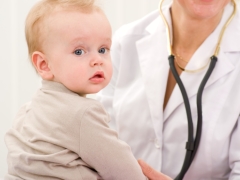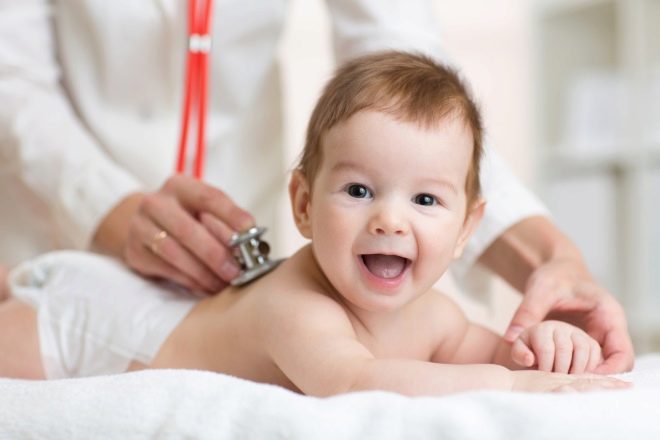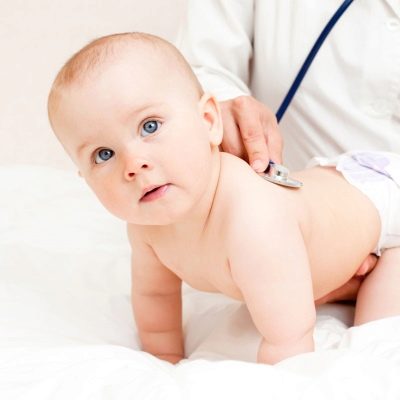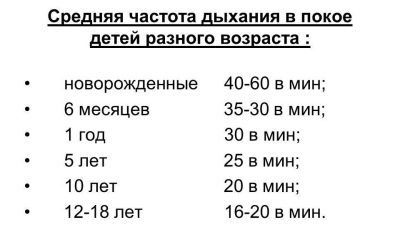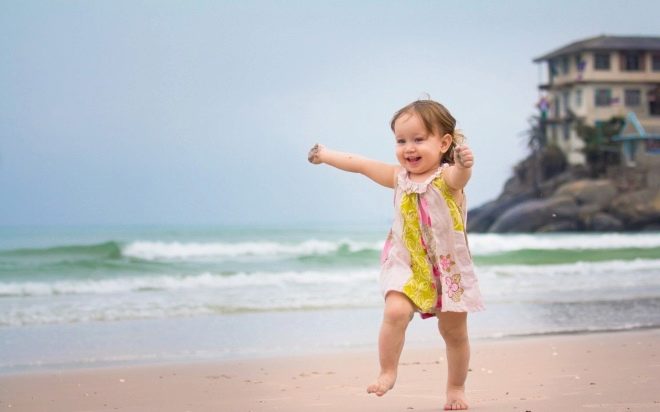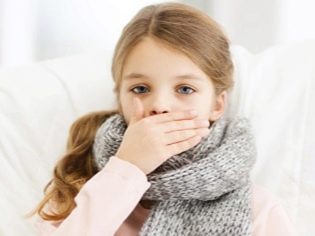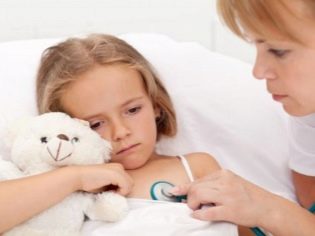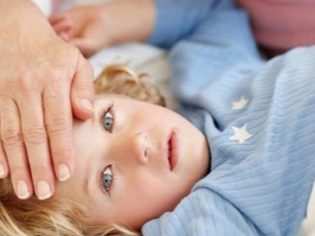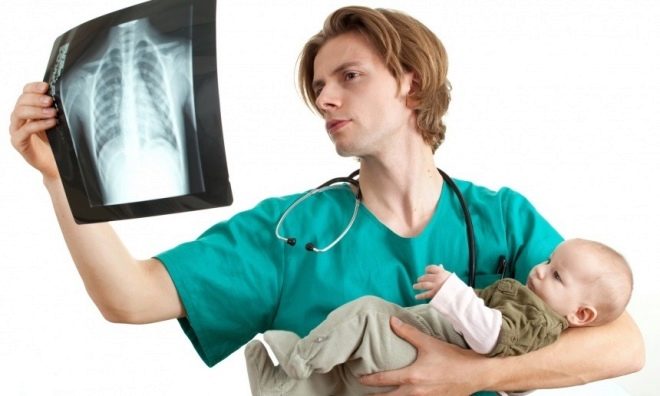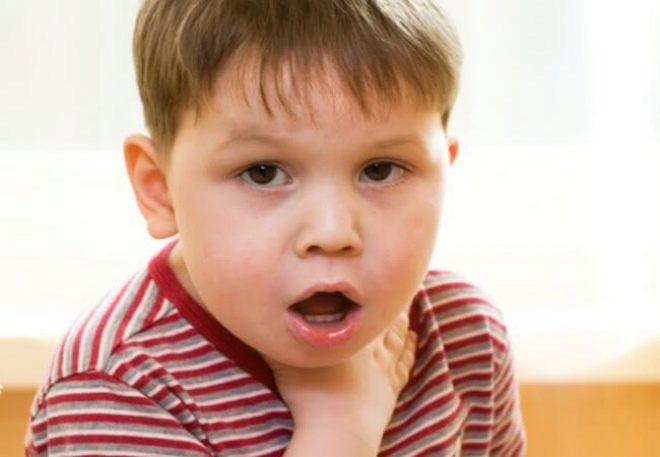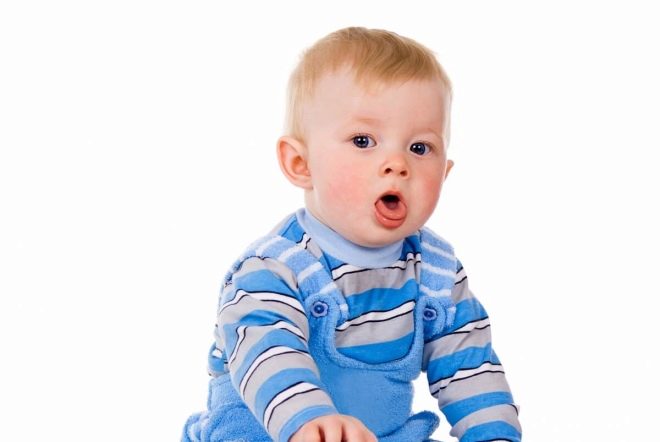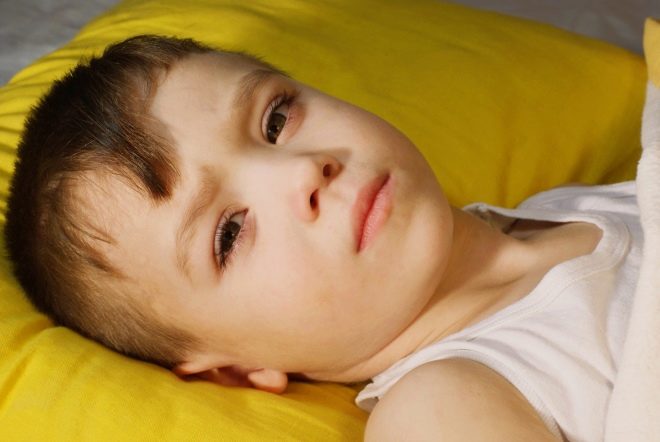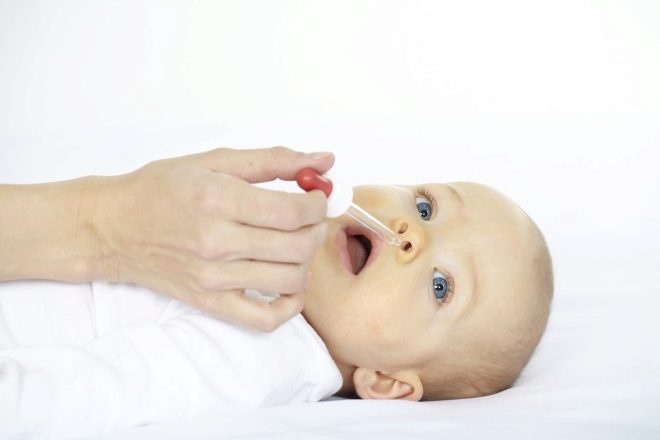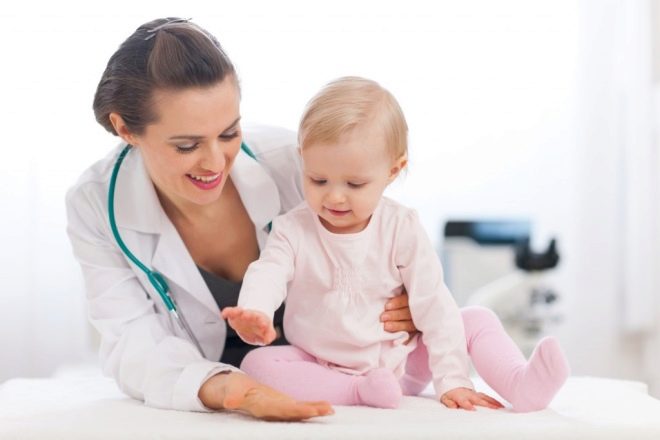Child dyspnea
In babies there are many different diseases that lead to the appearance of rapid breathing. Dyspnea in a child can be dangerous and requires mandatory monitoring.
What it is?
Every person experiences rapid breathing during his life. It can occur as a result of various physiological causes, as well as in various diseases.
Dyspnea in a child is a condition that is accompanied by an increase in the frequency of breathing above the age norm. The severity depends on many of the original factors and is set individually.
Assess external respiration using a special criterion. - the frequency of respiratory movements per minute. It is determined quite simply. In order to find out the frequency of respiratory movements per minute, it is enough to count how many breaths a child makes in 60 seconds. This will be considered the desired value.
The frequency of respiratory movements is not constant and depends on age. There are special tables that indicate the normal values of this indicator in children of different ages. Newborn babies breathe more often than older babies. This is due to the small size of the lungs and the relatively small capacity of the lung tissue.
Babies of the first year of life breathe with a frequency of about 35-35 breaths per minute. By the age of three years, the child breathes a little less - 25-30 times in 60 seconds. Children of preschool age can breathe with a frequency of about 20-25 times per minute. In adolescents, breathing becomes almost adult, and the normal frequency of respiratory movements per minute is 18-20.
The reasons
Various factors lead to the appearance of dyspnea. They can be physiological and pathological. To assess the severity of the condition, the number of respiratory movements per minute is pre-calculated. The severity of shortness of breath may be different and depends on a variety of underlying causes.
The appearance of rapid breathing leads to:
- Fast running or walking. Active physical activity contributes to the fact that the frequency of respiratory movements per minute increases. This is due to the growing need of the body to saturate the internal organs with oxygen. When physical activity increases oxygen consumption, which is manifested in the child the appearance of shortness of breath.
- Consequences of infections. At high body temperature, the frequency of respiratory movements increases several times. Most often, fever occurs in infectious diseases. Bacterial and viral diseases cause symptoms of intoxication in a child, which can manifest as rapid breathing.
- Diseases of the lungs and bronchopulmonary system. Pathological changes that occur in such diseases, lead to the fact that developed severe oxygen hypoxia. In order for the tissue to get more oxygen, it requires more rapid breathing.
- Respiratory failure. It can develop both in acute, sudden-onset conditions, and in long-term chronic diseases. Respiratory failure is usually accompanied by a persistent increase in respiratory movements per minute.
- Diseases of the cardiovascular system. Congenital and acquired heart defects and pathologies often cause the body to require an increased amount of oxygen. To ensure this, respiratory rate increases. Quite often, in diseases of the heart and blood vessels, a combined cardiovascular and respiratory failure is formed.
- Obesity. Excess weight babies also have difficulty breathing. Even the most habitual physical activity can lead to the appearance of rapid breathing. Severe obesity is always accompanied by shortness of breath. To normalize breathing it is imperative to achieve weight loss to normal values.
- Tumors. For the growth of tumors requires a significant amount of oxygen. This is manifested by the appearance of persistent shortness of breath in a child. In the early stages of tumor growth, respiration remains normal. The severe course of the disease and the rapid development of the tumor leads to the fact that the child begins to experience significant breathing difficulties.
- Pulmonary thromboembolism. Rare enough pathology. May develop in various pathological conditions. This situation requires emergency hospitalization of the baby in the hospital. Without treatment, the prognosis is extremely poor.
- Anemia of various origins. The decrease in hemoglobin and red blood cells in the blood leads to the fact that oxygen saturation drops significantly. Dyspnea in this situation is mainly compensatory in nature. To eliminate the pronounced oxygen deficiency, the frequency of respiratory movements is increased.
- Traumatic injuries. Injuries to the respiratory system as a result of falling are often found in children. Typically, such acute conditions occur accompanied by the appearance of rapid breathing. Fractures of the ribs, according to statistics, are the most common traumatic pathology in children. Severe pain also contributes to more rapid breathing.
- Neurotic states. Diseases of the nervous system lead to increased respiration. Respiratory failure in such pathologies is never formed. Severe stress or a strong psycho-emotional experience of a situation also leads to the fact that shortness of breath appears. Even the usual excitement often contributes to a pronounced increase in breathing, especially in emotionally susceptible babies.
Kinds
The severity of dyspnea may be different. This is largely determined by the reason that contributed to its appearance.
To determine the severity of shortness of breath, doctors use a special classification. It is used to establish the severity of shortness of breath in children.
The severity of increased respiratory rate can be:
- Mild degree In this case, shortness of breath appears during fast and active walking, running or making active physical movements. At rest in this case, shortness of breath is completely absent.
- Moderate severity. The appearance of shortness of breath in this case may occur when performing daily household activities. This leads to the fact that the child's behavior changes. From the side, the child becomes slower, plays less with peers in active games, avoids physical exertion.
- Heavy current. Even minor physical activities, including those performed during daily routine procedures, contribute to the appearance of shortness of breath. Also pronounced increased respiration occurs at rest. Usually, severe shortness of breath is accompanied by other adverse symptoms. Treatment of severe respiratory failure is carried out in a hospital.
According to the mechanism of dyspnea can be:
- Inspiratory. In this case, the child is difficult to breathe. Usually, this clinical variant of dyspnea occurs in the pathologies of the respiratory system, occurring with the narrowing of the lumen of the bronchial passages. Inflammatory processes that occur in the bronchi or lung tissue, also contribute to the appearance of difficulty breathing.
- Expiratory. In this situation, the child is difficult to exhale. In most cases, this clinical condition occurs when there are pathological changes in the bronchi of small caliber. Some diseases of the cardiovascular system also lead to the appearance of this clinical type of dyspnea.
- Mixed It is characterized by both difficulty in breathing and exhalation. It occurs in various pathological conditions. Quite often it is registered in babies who have endured serious infectious diseases.
How does it manifest itself?
Shortness of breath is accompanied by the appearance of symptoms associated with a lack of oxygen in the body. In addition to difficulty inhaling and exhaling, the child may feel nasal and tenderness in the chest. Related symptoms of shortness of breath directly depend on the original disease, which led to the appearance of rapid breathing in a child.
Pulmonary diseases are accompanied by wheezing, coughing with or without sputum, symptoms of intoxication, as well as fever. During an attack of dyspnea, the baby may be frightened, anxious. The baby’s face usually turns very red, while the skin becomes pale. Hands and feet to the touch cold.
Features in newborns and infants
It is possible to determine dyspnea in a newly born child independently. To do this, you need to calculate how many breaths a baby takes in one minute. If the value exceeds 60 breaths per minute, then we can talk about the presence of shortness of breath in the baby. In an infant, the normal breathing rate is lower - 30-35.
The main symptom of dyspnea is an increase in respiratory movements in 60 seconds.
Doctors identify several causes that lead to dyspnea in newborn babies. Increased respiration can also be the result of congenital abnormalities, leading to various disorders in the immune system.
Dyspnea in a newborn baby often develops even as a result of the common cold. It contributes to a marked lack of respiration, which is accompanied by the appearance of an oxygen deficiency. To eliminate it, the baby begins to breathe more often. To normalize breathing in this case, mandatory treatment of the common cold is required.
If there are signs of shortness of breath in the newborn and the baby - be sure to consult with your doctor immediately. Often, rapid breathing is the first sign of dangerous diseases of the lungs and the cardiovascular system. Choking is the most unfavorable and even critical situation. This is the extreme degree of dyspnea.
In some cases, you may need additional advice from a cardiologist, pulmonologist, immunologist and other specialists. They are necessary to establish the correct diagnosis and identify the cause, which led to the appearance of shortness of breath in the baby.
Doctor Komarovsky will tell you about how to treat a child’s runny nose in the next video.
